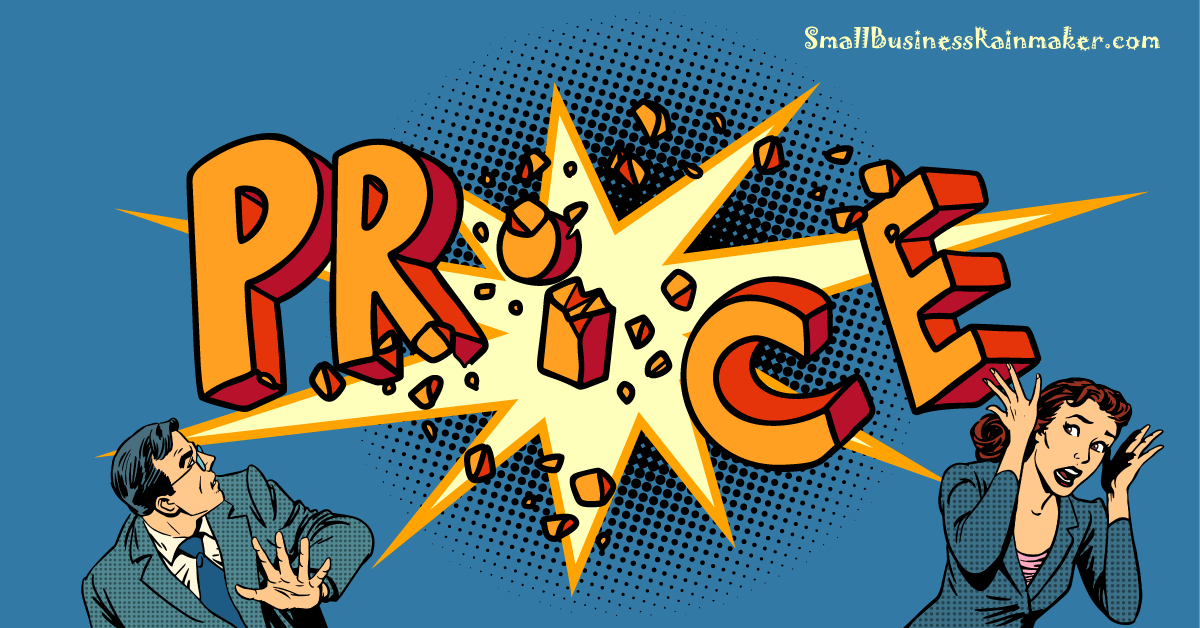
When it comes to running a business, cash flow is vitally important. It is basically the inflow and outflow of money through your business on a daily basis.
Cash flow enables you to pay your staff and keep accurate records of finances. Positive cash flow means your business is growing, and you are earning more than expenses.
According to The State of Small Business Cash Flow, a new study by Intuit, 61% of small businesses around the world have problems with cash flow and 32% of businesses cannot pay vendors because of cash flow issues.
How to Quickly Improve Your Cash Flow
Cash flow management is a skill that can be learned and improved upon. Here are seven simple tactics to help you work your way towards a positive cash flow.
1. Send Invoices Right Away
You cannot get paid if you don’t send invoices. Your payment depends upon how fast you send invoices. It reminds your customer about your work while it’s still fresh on their minds. They will be less inclined to argue with you over the fee, making your life a lot easier.
However, if you send invoices after a couple of weeks, your customers might, for instance, forget about some extra work that you did. Timely invoices help you to keep payments on track and improve your cash flow.
Using software such as QuickBooks or Zoho Books is an ideal option speed up your invoice process and increase cash flow.
2. Keep Separate Bank Account for Business
This is a very common mistake made by many startups. They mix their business finances with personal finances and credit cards. It is highly recommended to always keep your business finances separate from personal. It not only helps to stay organized, but also give you a peace of mind during tax season.
If you are mixing personal spending with your business finances, it can be a big problem to track cash flow. It’s more difficult to accurately track spending and earning of your business, which in turn may lead to negative cash flow.
3. Think About Increasing Prices
If your cash flow is negative, maybe it’s time to think about increasing the price of your services or products. A profitable pricing strategy is a key component to a healthy cash flow.
But first, review your competitor’s prices. Are your prices too low? When was last time you increased your prices? Is your service or product cheap or high-value?
Too many business owners are afraid to increase prices, but if analysis shows that your price is too low, it is OK to increase. Low prices can make your business seem less qualified. It decreases the perceived value.
If you can explain why you are changing prices your customers will understand.
4. Set Up Regular Touch Points
If you don’t have time to follow up individually with each client about late payments during the busy season, send regular mail and emails to all your clients. Thank them for doing business with you. It’s a soft way to remind your customers that payment is due.
5. Set Payment Policies
Many small business owners are not comfortable talking directly to their clients about money. This lack of communication can create cash flow problems because your customers don’t know when you expect payment.
Create a payment policy page and attach it to your website. Make sure all the payment terms are short so you get paid as soon as possible. When possible, get paid in advance.
Notify your customers the moment they violate a payment term. When you communicate quickly about policy violations, it shows you mean business and should speed up future payments.
6. Cash Flow Forecasting
Create a cash flow forecast by predicting peaks and troughs in cash balance. With the help of the forecast, you can predict the cash flow of your business on a monthly and yearly basis.
First make a list of all payments that you need to make next year such as rent, loan payment, taxes, equipment purchases, stock, etc. Now, make another list of money that you receive such as customer payments, tax returns and saving interest, etc. Now compare your outgoing and incoming money to analyze that your cash flow is positive or negative.
With this information, you can make big decisions about marketing campaigns, hiring employees, business loans, etc. so your cash flow is not affected.
7. Manage Inventory
Review your inventory on a daily basis. Too much inventory can increase storage cost and it can affect your cash flow as well. However, if stock is too low, it can decrease sales and cause dissatisfaction among your customers.
Managing inventory regularly increases sales, strengthens your relationship with new customers, and keeps your cash flow positive.
Final Thoughts on Cash Flow
Prioritizing your invoicing and accounts receivable processes are the primary steps towards positive cash flow.
Fast invoicing, proper account and inventory management, solid payment policies, and regular selling price reviews will resolve your struggle to get paid faster.

Tracy Watson is a Business Development Manager at Accounting to Taxes, a well-known company offering complete finance and accounting services. She is a regular contributor to the accounting industry and is also responsible for branding and lead generation.










![How to Calculate Customer Acquisition Costs [Formula and Infographic]](https://www.smallbusinessrainmaker.com/hubfs/images/Blog/customer-acquisition-cost-formula.png)





Leave a comment